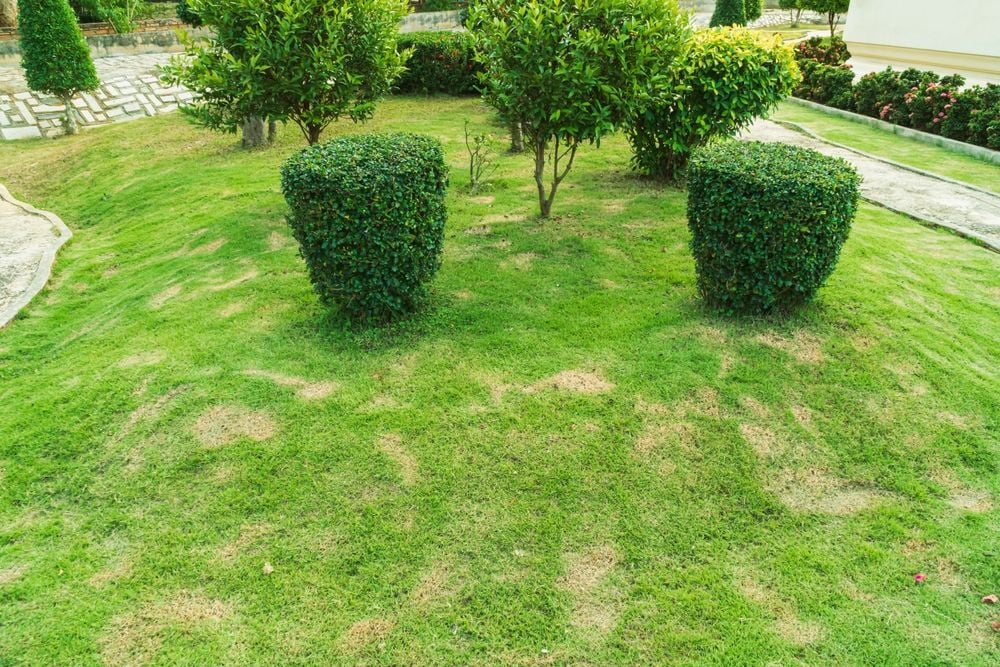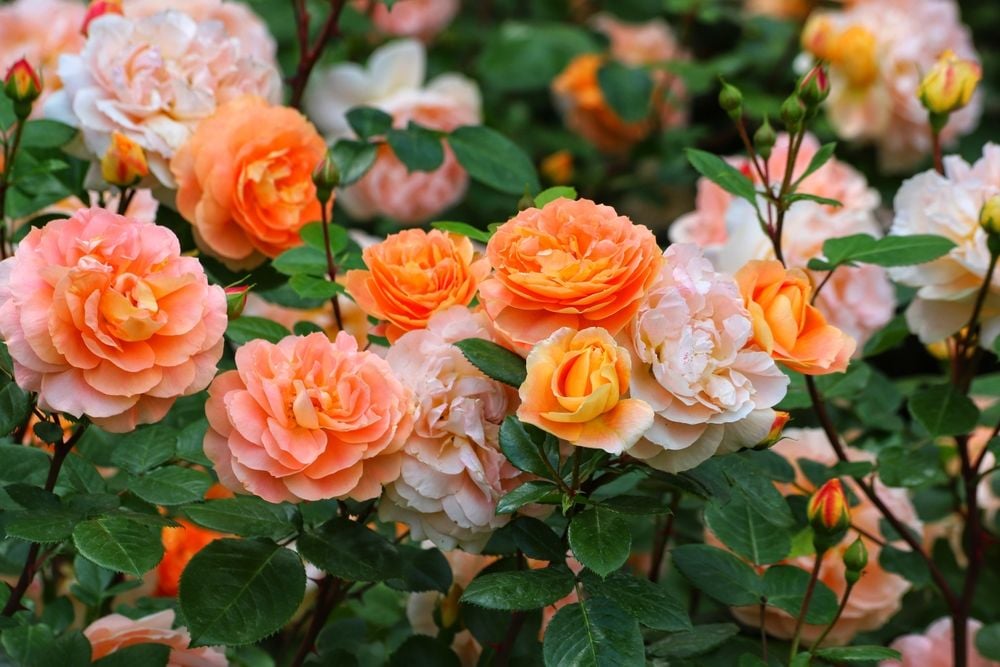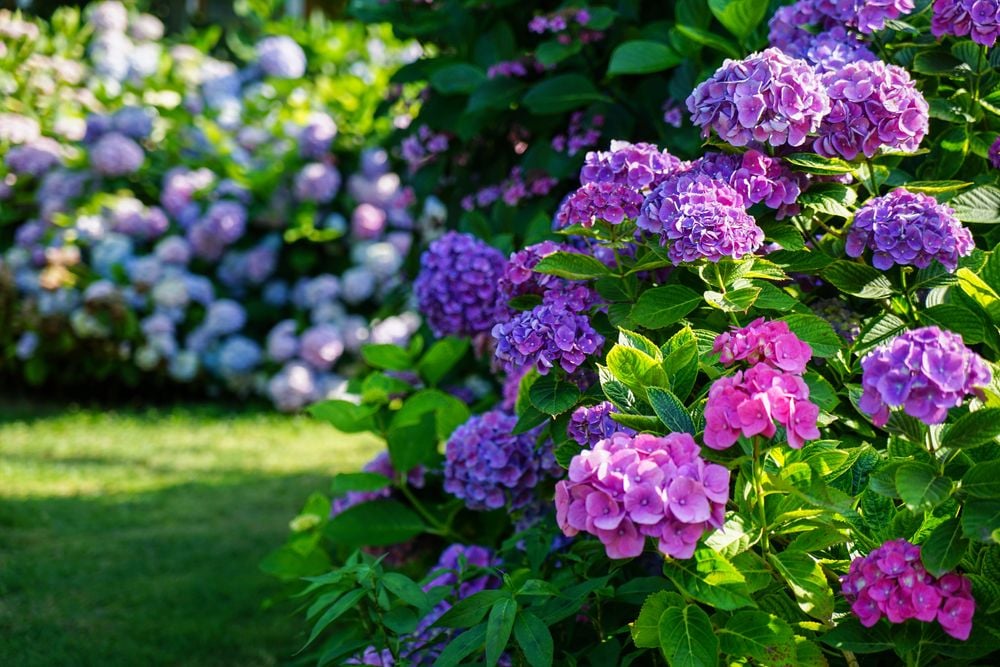
Banishing the Fungus: A Guide to Healthy Lawns
- Aug 28, 2025
While the word ‘fungus’ doesn’t spark pleasant thoughts, it's unfortunately a potential menace for your lawn. Unchecked, it leaves behind unsightly brown, yellow, or even white spots, both unpleasing to the eye and detrimental to the health of your grass. Worse yet, replacing the ruined turf is a pricey undertaking.
Thankfully, you can eliminate lawn fungus before it wreaks such havoc. With the right actions, your yard can recover and display its vibrant green splendor.
Various fungi can infest your lawn, some specific to certain geographical regions. Nonetheless, there are standard species that menace a majority of lawns, and knowing how to identify them comes in handy.
Interestingly, harsh chemicals aren’t mandatory for fungus control on your lawn.
A perfect substitute for these chemicals is neem oil - a simple, easy-to-apply solution. Additionally, consider baking soda for the affected area, suggests Roderick. Blend it with 1 tablespoon of vegetable oil and 1 gallon of water.
Another ingenious option is vinegar - a mixture of one part vinegar to two parts water is effective. Keep in mind that these natural remedies aren't magic bullets. Their effects might take time to manifest, Roderick emphasizes.
Post the fungal invasion, your lawn might require some extra tender loving care. Craig Elworthy, the founder of Lawnbright, suggests, “Water thoroughly and consider using a bio-stimulant like sea kelp or humic acid to help the lawn recover.”
Preventing fungus from invading your lawn is doable with appropriate maintenance.
Mowing correctly is the first line of defense. Sharp blades on your lawn mower prevent tearing of the grass, which could pave the way for disease. “Never trim more than 1/3 of the grass blade with each mow,” underlines Elworthy.
Watering appropriately is crucial as well. Roderick advises, “Ensure good drainage-excess dampness encourages fungus. Water in the morning, allowing the grass to dry during the day. Night watering keeps the moisture in the turf area.” Elworthy advises watering once or twice a week.
Investing in high-quality, disease-resistant grass seed is crucial, particularly if your lawn has suffered before. Elworthy advocates for annual overseeding your lawn with disease-resistant varieties to enhance its resilience.
We can't ignore environmental factors. Trees around can make the lawn moisture-heavy due to their shade, so trimming them occasionally helps. Elworthy also recommends de-thatching your lawn surface if it feels squishy, as excess thatch can trap heat and moisture, the ideal environment for fungus to flourish.






